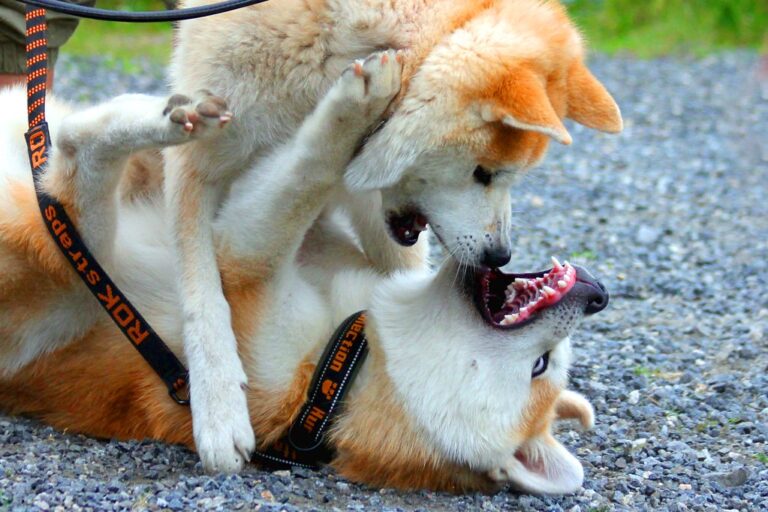10 Rare Ranch Dogs That Shaped Life In The Early American West
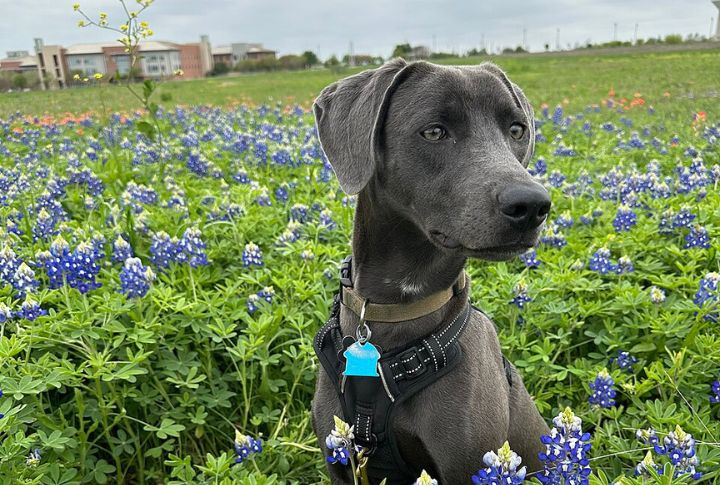
The American West wasn’t shaped by cowboys alone—hardworking, sharp-eyed dogs were part of the story. These animals herded cattle, guarded homesteads, and hunted game alongside settlers. Today, many of these breeds are rare, their names known mostly on working ranches. Here are ten resilient dogs that helped build the frontier. Once essential, now often overlooked, each played a role in carving out the West.
Catahoula Leopard Dog

Early settlers in Louisiana relied on this rugged breed to manage wild hogs across unforgiving terrain. With distinctive “cracked” glassy eyes built for sharp tracking, the Catahoula could detect the slightest movement. These dogs worked solo or in packs, expertly circling livestock to regroup and drive them where needed.
McNab Shepherd
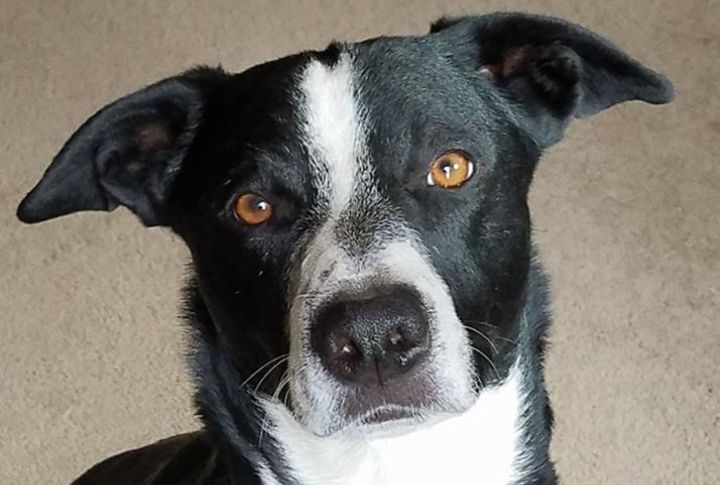
Developed by a Scottish rancher in California, the McNab was built for heat, hills, and hard mileage. Unlike obsessive herders, McNabs worked with purpose-driven independence. Their agility made them favorites among West Coast cattlemen who needed dogs that didn’t collapse under pressure.
Mountain Cur
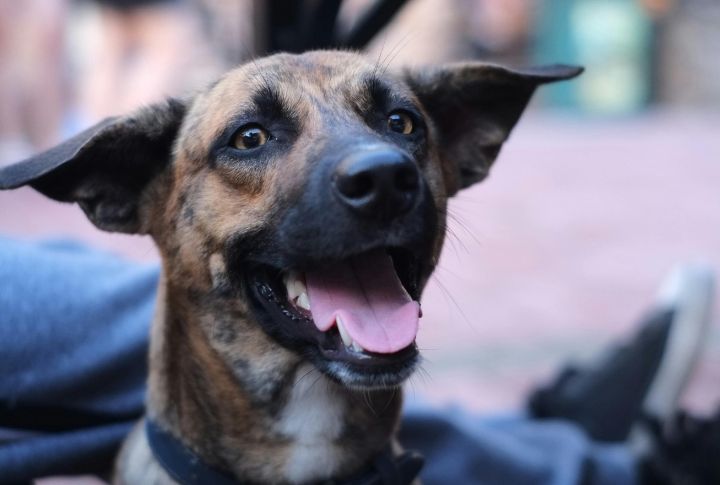
The Mountain Cur was a vital part of early frontier life, known for its endurance and versatility. It protected smokehouses and served as an early warning system against intruders. Bred for utility rather than companionship, this dog played a direct role in helping families survive in remote, often dangerous conditions.
American Staghound
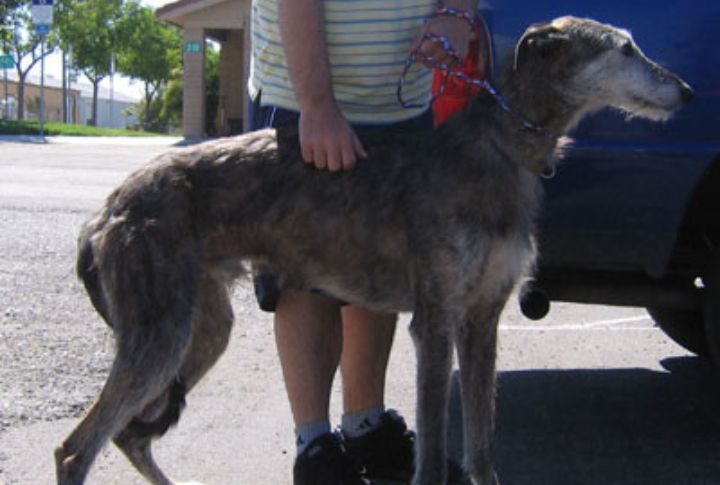
Used mostly on the plains, the American Staghound relied on eyesight rather than scent. The dog could run down a wolf across a mile of prairie faster than a rider could load a rifle. That speed, combined with raw size, turned it into a predator’s problem.
Plott Hound
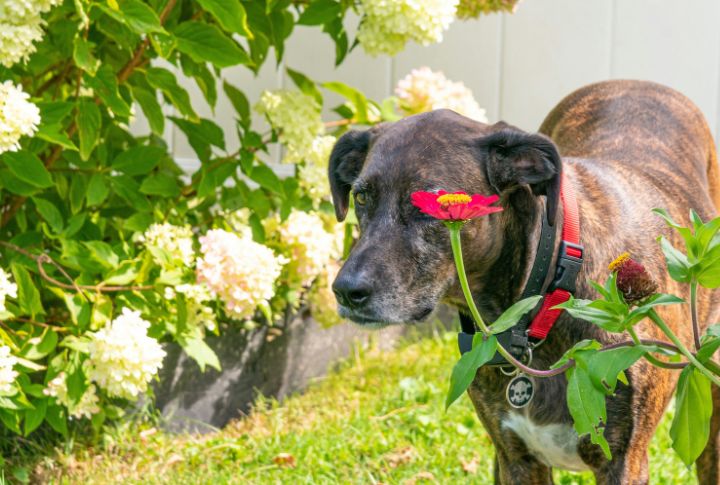
Born in North Carolina’s Smoky Mountains, the Plott made its way west with big-game hunters. It followed blood trails for hours without losing pace or focus. What made it unusual wasn’t strength or size but persistence. Once it locked on its target, it didn’t quit.
Black Mouth Cur
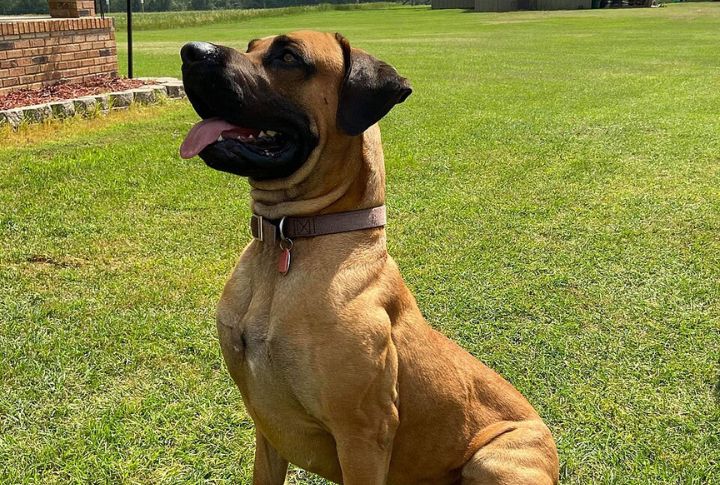
Cowboys valued grit over looks, and the Black Mouth Cur delivered exactly that. Designed to handle aggressive livestock, it had the strength and determination to bite a charging bull and come back for more. Loved for its intense focus and durability, this dog earned such trust that once trained, it was rarely replaced.
English Shepherd
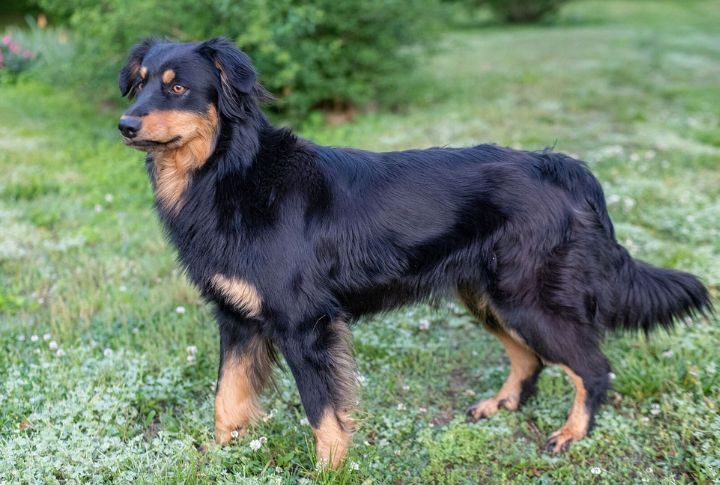
Unlike modern herding breeds, the English Shepherd handled multiple chores: moving stock, pulling carts, and deterring thieves. Its rise followed railroads and wagon trains west, making it a frontier generalist. Today, only a few working lines remain, quietly preserving the breed’s practical, no-frills heritage.
Chesapeake Bay Retriever

On the frontier, Chessies protected wagons and retrieved birds in freezing rivers, thanks to their dense, oily coats. Unlike the Labrador, they didn’t seek praise. Rather, retrievers were territorial and perfectly suited to hard labor in wild conditions.
Hangin’ Tree Cowdog
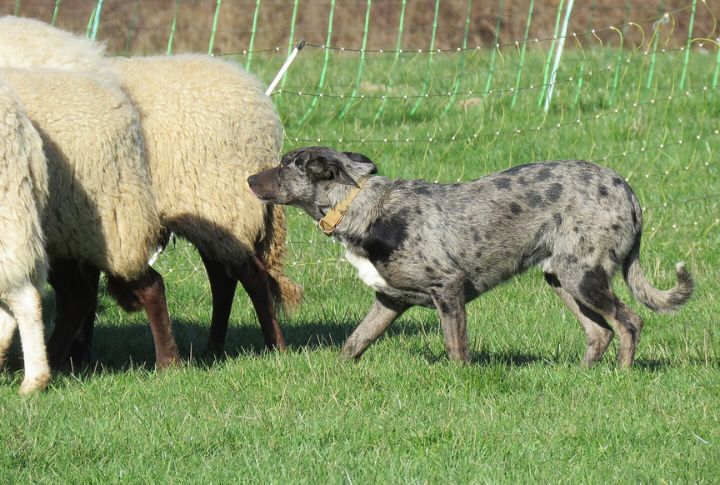
Built in the late 20th century but carrying the grit of older breeds, this cattle dog thrived on pressure. It handled charging bulls all day long without collapsing. Only performance mattered; everything else took a backseat to stamina.
Blue Lacy
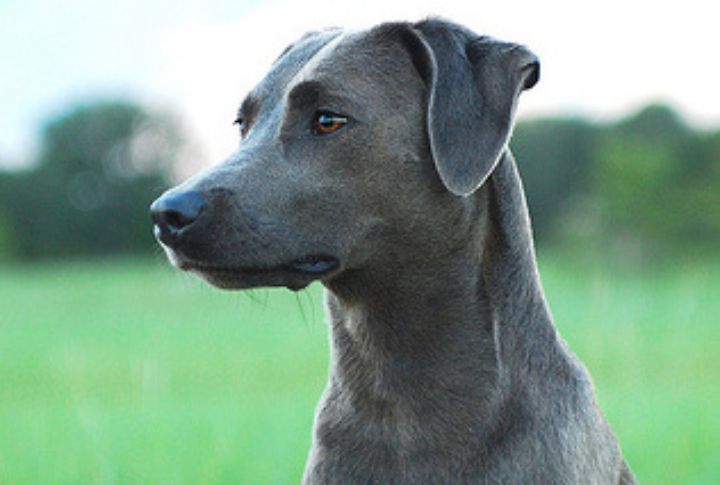
Created by the Lacy family in Texas around 1858, this dog hunted wild boar, herded cattle, and tracked wounded game with unmatched speed. Frontier trappers and ranchers trusted it to work alone or in teams. Despite official state recognition, it remains a working-class secret.

